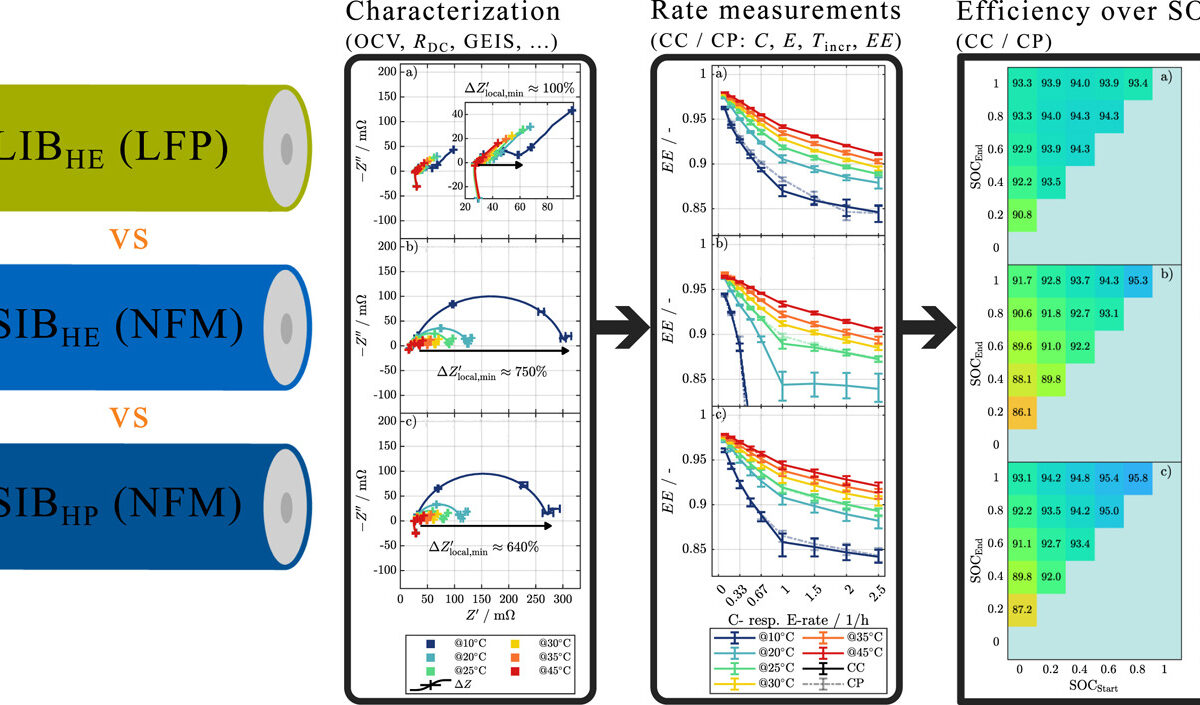A research group led by Stanford University has developed a new model to calculate the lowest-cost way to combining compressed air energy storage (CAES) in energy systems with large shares of renewable energy.
“CAES can be suitable for any energy system such as renewable energy, gas/coal turbine, fuel cells, and other systems in the future,” researcher Sarah Ashfaq told pv magazine. “It is usually considered best for medium to large-scale energy systems. The availability of suitable geographic features for the formation and locations of underground storage caverns is still considered a constraint to the rate of adoption of CAES as a bulk energy storage technology.”
The academics said their new model assesses how much CAES capacity might be needed for the deep decarbonization of power systems, while compensating for the variability of wind and solar-based power systems. They presented their findings in “Least-cost analysis of bulk energy storage for deep decarbonized power system with increased share of renewable energy,” which was recently published in Electric Power Systems Research.
They used California as a case study with different penetration levels of renewable energy. They used demand inputs from the US-Energy Information Administration (EIA) data portal, and data for wind and solar power generation from NASA's Modern-Era Retrospective analysis for Research and Applications, version 2 (MERRA–2).
“The collected data was updated with desired capacity factors and number of years,” they said. “Each technology is represented by a fixed cost and a variable cost.”
The research team did not consider restrictions on the energy sources based on societal complications such as technological acceptance
or local preferences. They calculated the levelized cost of electricity (LCOE) at each hourly time step, based on the availability of generation capacity, wind and solar resources, storage resources, and demand.
The study considers four scenarios. It features a base case, with the share of renewables California reached in 2021, as well as a scenario in which wind has 50% more potential. It also looks at a case in which solar has 50% more potential, and a scenario in which both technologies have 100% more potential.
“In case of increase in the potential of both wind and solar the main node curtailment is close to the increase in solar dispatch curve, due to the availability and dispatch of abundant solar power,” said the researchers.
The scientists found that the electricity mix in the lowest-cost system would be more or less independent from the amount of excess power generation. But they also ascertained that this mix would have a strong impact on the required CAES capacity.
“For example, in case of 100% excess wind the optimal mix of renewable sources is 68.9% wind and 31.1% solar with CAES capacity of 3.40 TWh and in case of 100% excess solar, the optimal mix is 35.6% wind and 64.4% solar with CAES capacity of 2.77 TWh,” they stated. “In case of 100% excess wind and solar, the optimal mix is 52.5% solar and 47.5% wind with 3.10TWh of CAES capacity.”
They also found that California's estimated annual demand of 277 TWh would need a CAES capacity of 3.83TWh at a cost of $0.175/kWh. The aforementioned fourth scenario with the highest penetration of wind and solar would result in a cost reduction of 14.1%, at a cost of $0.123/kWh) and a 7.4% reduction in CAES capacity.
“CAES is very competitive and on a $/kWh basis,” Ashfaq concluded. “Pumped hydro storage) and CAES are the most cost-effective energy storage technologies, as they offer the lowest cost in $/kWh for long-term storage. For short-duration storage, however, lithium-ion performs best.”
This content is protected by copyright and may not be reused. If you want to cooperate with us and would like to reuse some of our content, please contact: editors@pv-magazine.com.




2 comments
By submitting this form you agree to pv magazine using your data for the purposes of publishing your comment.
Your personal data will only be disclosed or otherwise transmitted to third parties for the purposes of spam filtering or if this is necessary for technical maintenance of the website. Any other transfer to third parties will not take place unless this is justified on the basis of applicable data protection regulations or if pv magazine is legally obliged to do so.
You may revoke this consent at any time with effect for the future, in which case your personal data will be deleted immediately. Otherwise, your data will be deleted if pv magazine has processed your request or the purpose of data storage is fulfilled.
Further information on data privacy can be found in our Data Protection Policy.